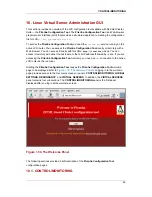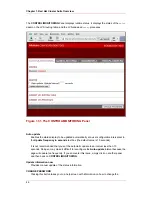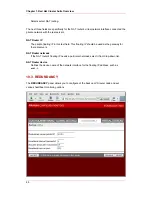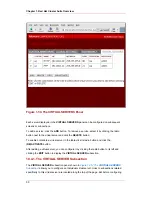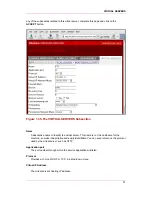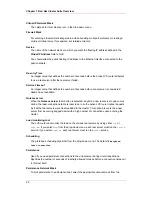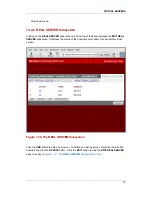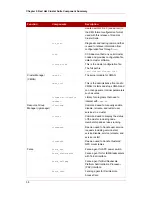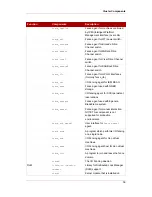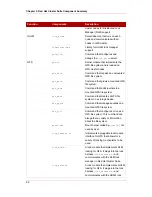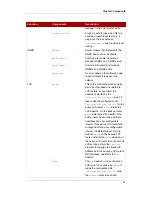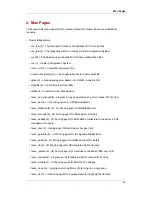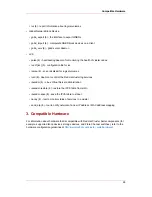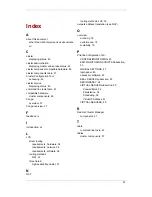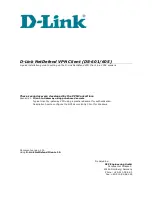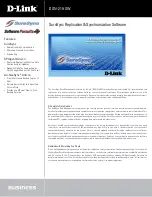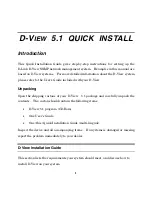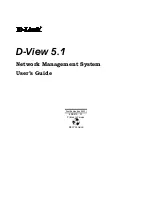
dynamically changing data, such as HTTPS or SSL.
To use this function, you must write a script that returns a textual response, set it to be
executable, and type the path to it in the Sending Program field.
Note
If an external program is entered in the Sending Program field, then the Send
field is ignored.
Send
A string for the
nanny
daemon to send to each real server in this field. By default the send
field is completed for HTTP. You can alter this value depending on your needs. If you leave
this field blank, the
nanny
daemon attempts to open the port and assume the service is
running if it succeeds.
Only one send sequence is allowed in this field, and it can only contain printable, ASCII
characters as well as the following escape characters:
• \n for new line.
• \r for carriage return.
• \t for tab.
• \ to escape the next character which follows it.
Expect
The textual response the server should return if it is functioning properly. If you wrote your
own sending program, enter the response you told it to send if it was successful.
Chapter 1. Red Hat Cluster Suite Overview
56
Содержание CLUSTER SUITE FOR ENTERPRISE LINUX 4.7
Страница 4: ...Red Hat Cluster Suite Overview ...
Страница 6: ...vi ...
Страница 19: ...Figure 1 4 Power Fencing Example Fencing 9 ...
Страница 21: ...Channel Connections Figure 1 6 Fencing a Node with Dual Power Supplies Fencing 11 ...
Страница 34: ...Figure 1 17 Conga LVM Graphical User Interface Chapter 1 Red Hat Cluster Suite Overview 24 ...
Страница 49: ...Figure 1 25 luci homebase Tab Figure 1 26 luci cluster Tab Conga 39 ...
Страница 76: ...66 ...
Страница 78: ...68 ...




